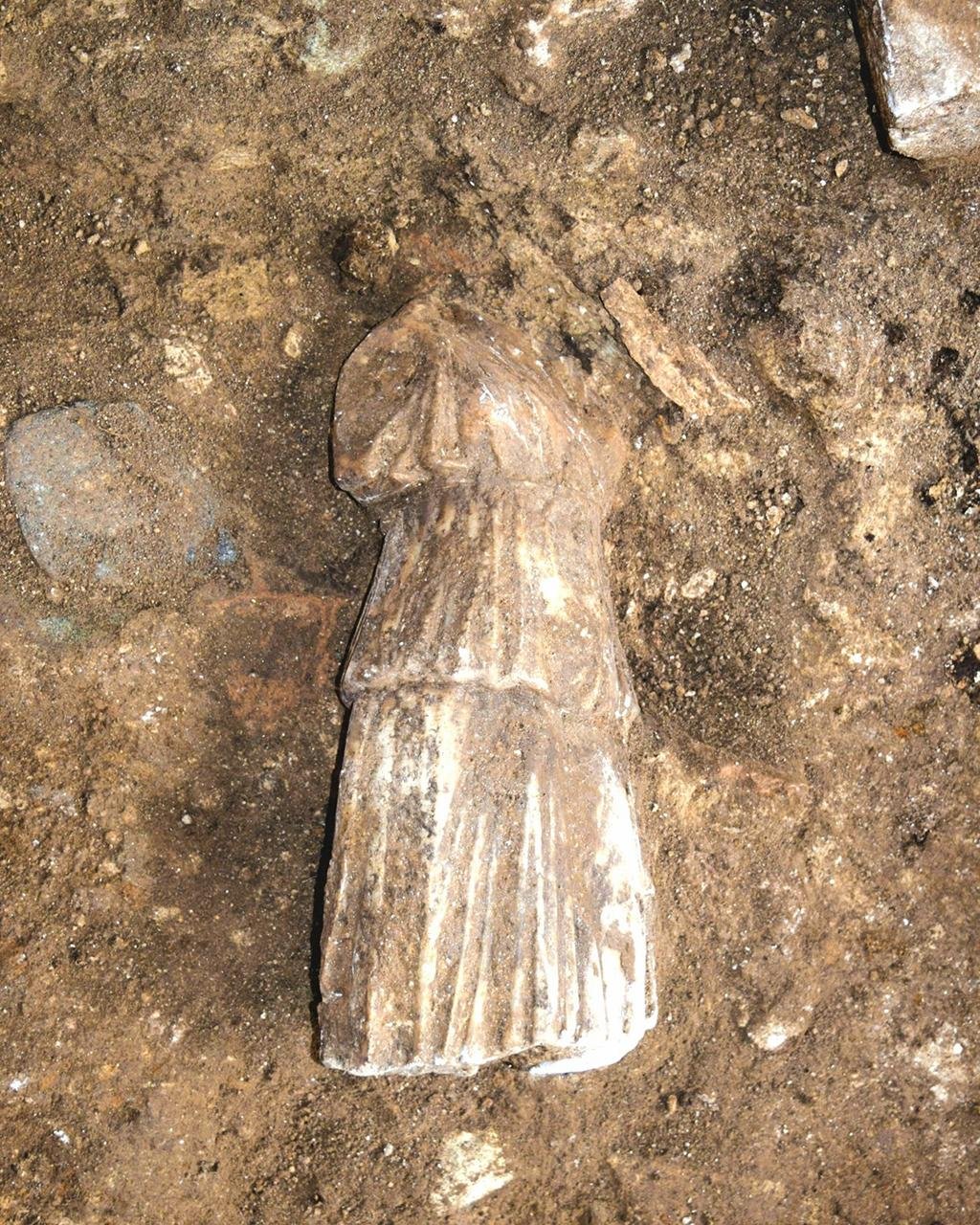Recent archaeological excavations at the Urban Archaeological Park in Vibo Valentia have unveiled significant remnants of Roman civilization. The discoveries, supervised by the Superintendent of Archaeology Fine Arts and Landscape for Reggio Calabria and Vibo Valentia, were part of seismic retrofitting works at the “P.E. Murmura” school and revealed an array of ancient structures and artifacts.
 The large Roman pool discovered in Vibo Valentia. Credit: Superintendency of Archaeology, Fine Arts, and Landscape for Reggio Calabria and Vibo Valentia
The large Roman pool discovered in Vibo Valentia. Credit: Superintendency of Archaeology, Fine Arts, and Landscape for Reggio Calabria and Vibo Valentia
Originally established as the Greek colony Hipponion in the 7th century BCE, Vibo Valentia was annexed by the Roman Republic in 194 BCE and renamed. The recent excavations carried out in the S. Aloe district within the Urban Archaeological Park, have uncovered structures dating from the Late Republican Age (2nd-1st centuries BCE) to the Imperial Age (2nd-3rd centuries CE). The most striking findings include the remains of a Roman domus (private dwelling), a thermal complex, and a large ornamental pool, possibly a natatio, lined with colorful marble.
The excavation project involved exploring thirty-two rooms on the ground floor and the foundation levels of the school building. The foundation cables preserved the archaeological stratigraphy of the area, allowing researchers to uncover significant earth fillings and structures beneath the building’s floor. Thirteen of these rooms were particularly rich in artifacts and mural decorations.
One of the standout discoveries is a monumental bath complex, featuring niches, columns, and marble statues. A large pool, clad with precious colored marbles, was discovered in a monumental room.
 The sculpture of Artemis discovered at the site. Credit: Superintendency of Archaeology, Fine Arts, and Landscape for Reggio Calabria and Vibo Valentia
The sculpture of Artemis discovered at the site. Credit: Superintendency of Archaeology, Fine Arts, and Landscape for Reggio Calabria and Vibo Valentia
The excavation yielded numerous artifacts, the most significant being a fragmented statue of the goddess Artemis (Diana in Roman mythology), which has been transferred to the National Archaeological Museum “Vito Capialbi” in Vibo Valentia and is now part of a museum exhibition.
According to a press statement by the Superintendent of Archaeology Fine Arts and Landscape, “The investigated stratigraphy, the collected finds, and the masonry techniques of architectural elements we uncovered, allow us to date the site to a period between the Late Republican Age and the Imperial Age.” These discoveries not only enrich the historical and cultural heritage of Vibo Valentia but also represent a significant resource for the local community and potential cultural tourism.
The uncovered structures align with those discovered in the 1970s, suggesting a continuation of the public/residential quarter previously explored. The orientation of the newly found structures within the school coincides with the known archaeological landscape, indicating that these newly unearthed remains are part of a broader urban sector of the ancient Municipium of Vibo Valentia.
Soprintendenza ABAP per la città di Reggio Calabria e Vibo Valentia





